Mercator globes were pioneering productions, originally commissioned by Emperor Charles V and often forming matched pairs. Large in diameter (42 cm), the series soon became famous as it was well distributed and remained available for almost 40 years with no modification. These were the only printed globes produced by Mercator.
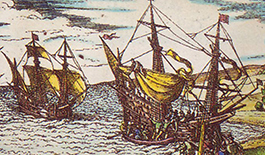
The expanding world
Mercator’s maps and globes emerged in the 16th century, at a time when innovations in Europe were driving strong momentum and a swirl of new questions […]
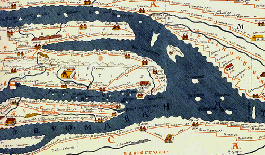
The beginnings of terrestrial cartography
Human awareness of time and space arose in the distant past. The stars, serving as both clock and calendar, gradually made it possible to establish points of reference […]
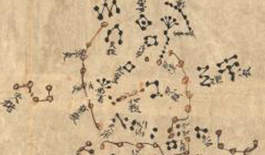
The beginnings of celestial cartography
In Western history, spherical representations of the heavens can be traced back to ancient Greece […]
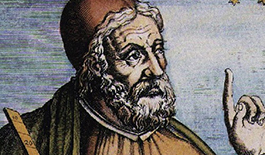
Ptolemy’s contribution
Ptolemy can be regarded at once as the last of the great cartographers and astronomers in ancient Greece and the first in the Western world […]
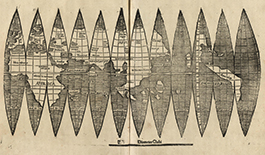
Printed globes
Globes were initially single copies produced by hand. Printing presses made it possible to make them cheaply in limited series […]
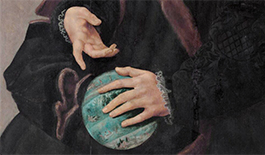
The forerunners
The oldest surviving terrestrial globe was produced by Martin Behaim. Dating from 1492, it reflects the state of geological knowledge just before the first expedition of Christopher Columbus […]
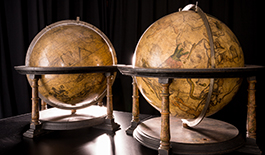
Mercator globes
Mercator became a producer of scientific instruments, as well as a draughtsman, engraver and illuminator. He used these skills to create maps and globes […]
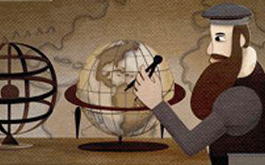
Where to find Mercator globes
It is not known how many globes Gerardus Mercator produced during his lifetime or how many continued to be made after his death. At present fewer than 30 pairs are catalogued […]